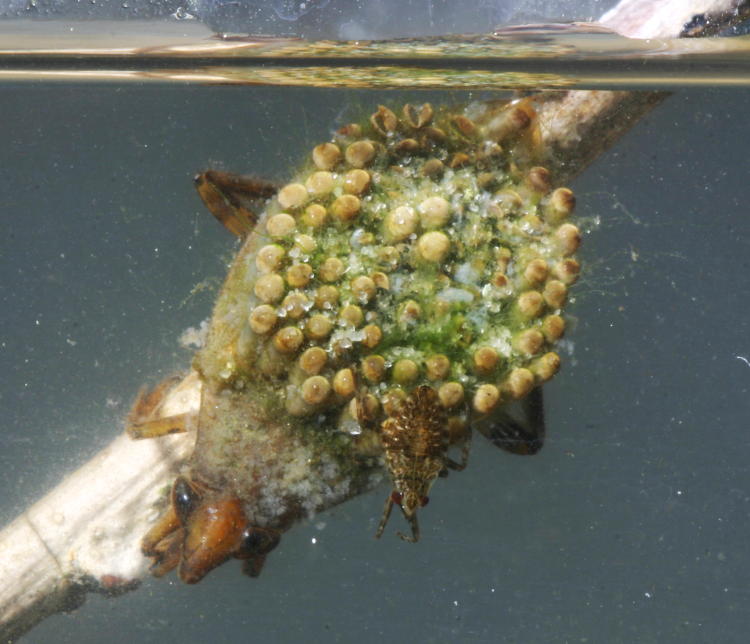
I couldn’t pass on opening the post with a rather bizarre image, could I? Don’t judge, you’d do the same thing in my shoes with the pressure on this way. It’s my homage to the cover of Watership Down. What you’re seeing, first of all, is from 2004, in my favorite snorkeling haunt on the Indian River Lagoon in Florida. This is a southern puffer fish (Sphoeroides nephelus,) but a slightly-less-typical view of one because I was showing off that dentition. Having caught one by hand (which is much easier than you might imagine,) the puffer fish immediately inflated itself to prevent my swallowing it whole, apparently mistaking me for a heron, which is confusing because I wear glasses and herons always go for contacts. But I took the opportunity to do some detail shots, including showing what allowed them to consume their favorite food of barnacles and mussels – those are the faintly yellowish bits next to the pink lips. The goosepimply white hump between them is the ‘flap’ (for want of a better word) that closes to trap the air within when they inflate like this. After several frames, I let the puffer go and it deflated easily and swam off, perhaps triumphantly.
[A moment of trivia: puffer fish flesh often contains neurotoxins, the appeal of the gourmet dish fugu because it causes mild tingling of the extremities when prepared correctly (and death when prepared incorrectly.) It comes from this diet of mussels and barnacles and other filter feeders, because those are resistant to the bacterial blooms, like the red tides off the US coast at least, that can kill a lot of the fish in the region. The filter feeders store the toxins in their flesh, the puffer and blowfish are resistant too and store the toxins in theirs, and so it goes. Thus the safety of eating such fish, in US waters, depends on how recently such a bacterial bloom has occurred.]
Now we go to 2007.

While eating lunch during a weekend event shoot, Jim Kramer and I witnessed a house sparrow (Passer domesticus) feeding her young in the hollow of a roof joist in a barn (yeah, that’s the glamorous life of an event photographer.) I happened to catch just the right angle for the flash to illuminate the gaping young within the cavity, right alongside the mother’s profile pose with a mouthful of food. If you know sparrows, you know they’re rarely looking in the same direction for more than a quarter-second at a time, so I feel lucky with this one – especially since the flash had to recharge for a few seconds between frames.
I have some amusing photos of participants in the event too, but figured they’d not want to stumble across those shots on the webbernets…

In 2011, I was refining my techniques for small aquarium photography with a few different photogenic subjects, including this male giant water bug (Belostoma flumineum.) The females lay their eggs on the male’s back, and they hatch out there – you can see a juvenile perched thereon, but I’m pretty sure this was just a coincidence and not a recent hatching. This same aquarium is still in use, by the way (the plastic is a bit yellower now,) and even travels with me to the beach for use with interesting subjects found there.
And finally, only one photo resides in my stock for this date in 2014, and it’s this one.

Don’t ask me why I have only one. There are plenty of days where I take no photos (don’t judge me, I said,) but generally, if I have the camera in hand I have more than one image to put into stock. Weird.




















































